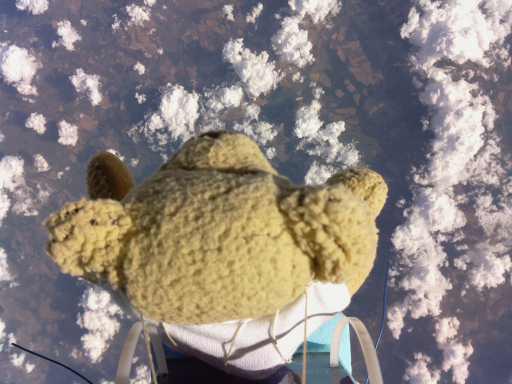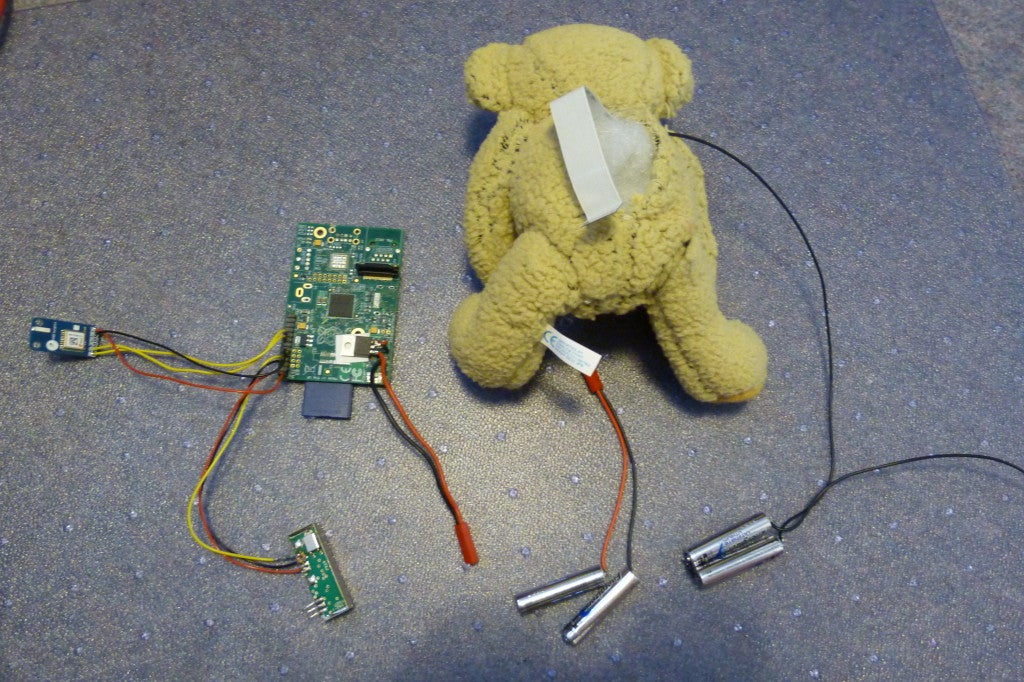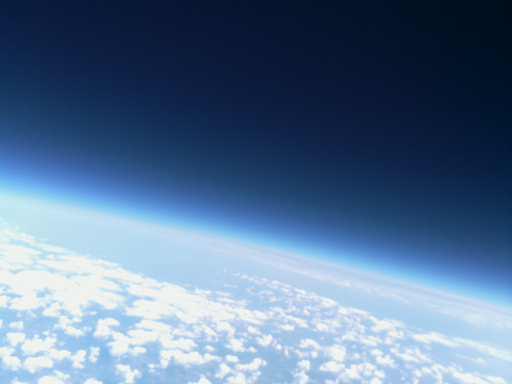'Ted Bull Stratos': Raspberry Pi controlled teddy bear Babbage beats Felix Baumgartner's skydiving record
High-altitude balloon and miniature computer used to launch a teddy bear 39,000 meters into the stratosphere.

A cuddly bear named Babbage has beaten Felix Baumgartner’s skydiving world record, using a weather balloon and a Raspberry Pi computer to climb to an estimated height of 39,000m before tumbling back to Earth.
The jump was co-ordinated by David Akerman, a high-altitude balloonist and Pi-enthusiast who kitted out the cuddly toy (the mascot of the Raspberry Pi program) with the low-cost computer acting as a flight control centre.
The Pi transmitted the bear’s position back to Akerman whilst shooting pictures and video from a camera fitted into its eye socket. The feat was also live-streamed from both the launch site and a designated chase car set to hunt down the bear.
Babbage was hooked into a ‘launch capsule’ kitted out, like Baumgartner’s, with an over-the-shoulder camera and then attached to a hydrogen-filled weather balloon and launched from a site near Mr Akerman’s home in Berkshire.

"The launch and both recoveries were textbook," Mr Akerman told The Independent. "There was little wind at the launch site, and both payloads landed in fields within 100-200 metres of a road. The only issue really was that as Babbage was descending we lost 3G as my SIM card ran out of credit! Fortunately we managed to add a top-up before we lost contact with Babbage."
"I've been flying Raspberry Pi flight computers for just over a year. The original one took about 2 days to put together and program. For the Babbage flight I added a few things - like releasing him at 31 metres above Felix Baumgartner's jump altitude and taking a video of the jump - and that probably took a couple of days [to program] too."

The take-off took place at 12:25 on Sunday 26th with Babbage landing back on Earth at around 16:00. He was found an hour and a half later, having drifted several miles from the launch site.
Through projects such as Mr Akerman's, the Raspberry Pi has found a home as the go-to programmable computer for programming enthusiasts. The credit-card-sized chip contains everything a basic computer needs but sells for just £32 and is highly programmable.

As well as powering Akerman’s space-jump, the Pi has been put into use making instruments from vegetables, creating home-based weather stations and even giving life to 3D-printed robots.
Baumgartner made his record-breaking skydive in October last year, reaching a height of 38,969 metres. The event was streamed live on YouTube to more than 8 million people. See below for a comparison between the two jumps in numbers:
| Red Bull Stratos | Ted Bull Stratos |
Pilot | Felix Baumgartner | Bionic Babbage |
Cameras | Capsule and Suit | Capsule and bionic eye |
Budget | £30,000,000 | £300 |
Capsule Weight | 1300 kg | 200 g |
Balloon Volume at launch | 5000 m³ | 3 m³ |
Jump Altitude | 38,969 metres | 39,000 metres |
Join our commenting forum
Join thought-provoking conversations, follow other Independent readers and see their replies
0Comments